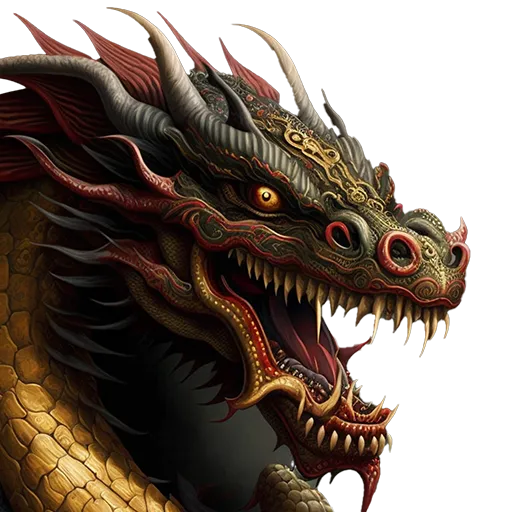Mizong Quan (迷蹤拳) Origins and Characteristics
Mizong Quan, also known as Mizong Yi and Yanqing Quan, originated at the famed Shaolin Temple in the later part of the Tang Dynasty (618-907). Mizong Quan translates as the Lost Track Style. The name is due to the fast changing and baffling footwork which makes it difficult for the opponent to keep track of…
